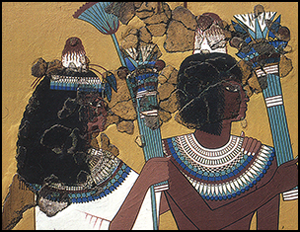Crossref Citations
This article has been cited by the following publications. This list is generated based on data provided by Crossref.
Stewart, Jemma
2020.
‘She shook her heavy tresses, and their perfume filled the place’: The Seductive Fragrance of ‘that awful sorceress’: H. Rider Haggard'sfemme fatale, Ayesha.
Gothic Studies,
Vol. 22,
Issue. 3,
p.
246.
Aggelakopoulou, Eleni
and
Bakolas, Asterios
2022.
What were the colors of the Parthenon? Investigation of the entablature's cornice blocks.
Journal of Archaeological Science,
Vol. 140,
Issue. ,
p.
105553.
Lamb, Renee
and
Elasfoury, Reem
2025.
Digging through history: How four Egyptian fashion brands use motif to bridge the ancient and the modern.
Fashion, Style & Popular Culture
,


